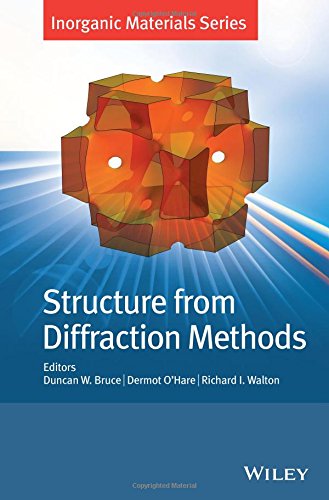

Most ebook files are in PDF format, so you can easily read them using various software such as Foxit Reader or directly on the Google Chrome browser.
Some ebook files are released by publishers in other formats such as .awz, .mobi, .epub, .fb2, etc. You may need to install specific software to read these formats on mobile/PC, such as Calibre.
Please read the tutorial at this link. https://ebooknice.com/page/post?id=faq
We offer FREE conversion to the popular formats you request; however, this may take some time. Therefore, right after payment, please email us, and we will try to provide the service as quickly as possible.
For some exceptional file formats or broken links (if any), please refrain from opening any disputes. Instead, email us first, and we will try to assist within a maximum of 6 hours.
EbookNice Team

Status:
Available5.0
41 reviewsInorganic materials show a diverse range of important properties that are desirable for many contemporary, real-world applications. Good examples include recyclable battery cathode materials for energy storage and transport, porous solids for capture and storage of gases and molecular complexes for use in electronic devices. An understanding of the function of these materials is necessary in order to optimise their behaviour for real applications, hence the importance of 'structure–property relationships'.
The chapters presented in this volume deal with recent advances in the characterisation of crystalline materials. They include some familiar diffraction methods, thoroughly updated with modern advances. Also included are techniques that can now probe details of the three-dimensional arrangements of atoms in nanocrystalline solids, allowing aspects of disorder to be studied. Small-angle scattering, a technique that is often overlooked, can probe both ordered and disordered structures of materials at longer length scales than those probed by powder diffraction methods.
Addressing both physical principals and recent advances in their applications, Structure from Diffraction Methods covers:
Ideal as a complementary reference work to other volumes in the series (Local Structural Characterisation and Multi Length-Scale Characterisation), or as an examination of the specific characterisation techniques in their own right, Structure from Diffraction Methods is a valuable addition to the Inorganic Materials Series.